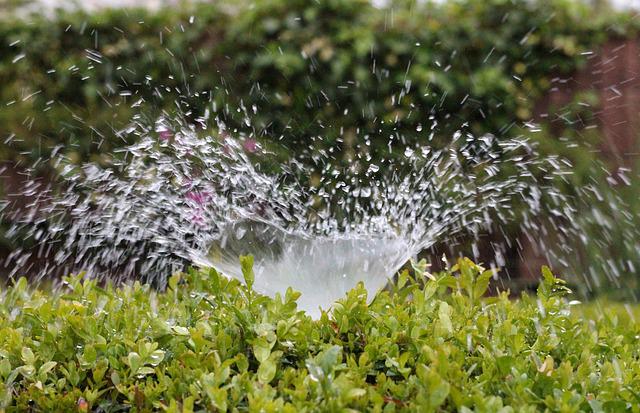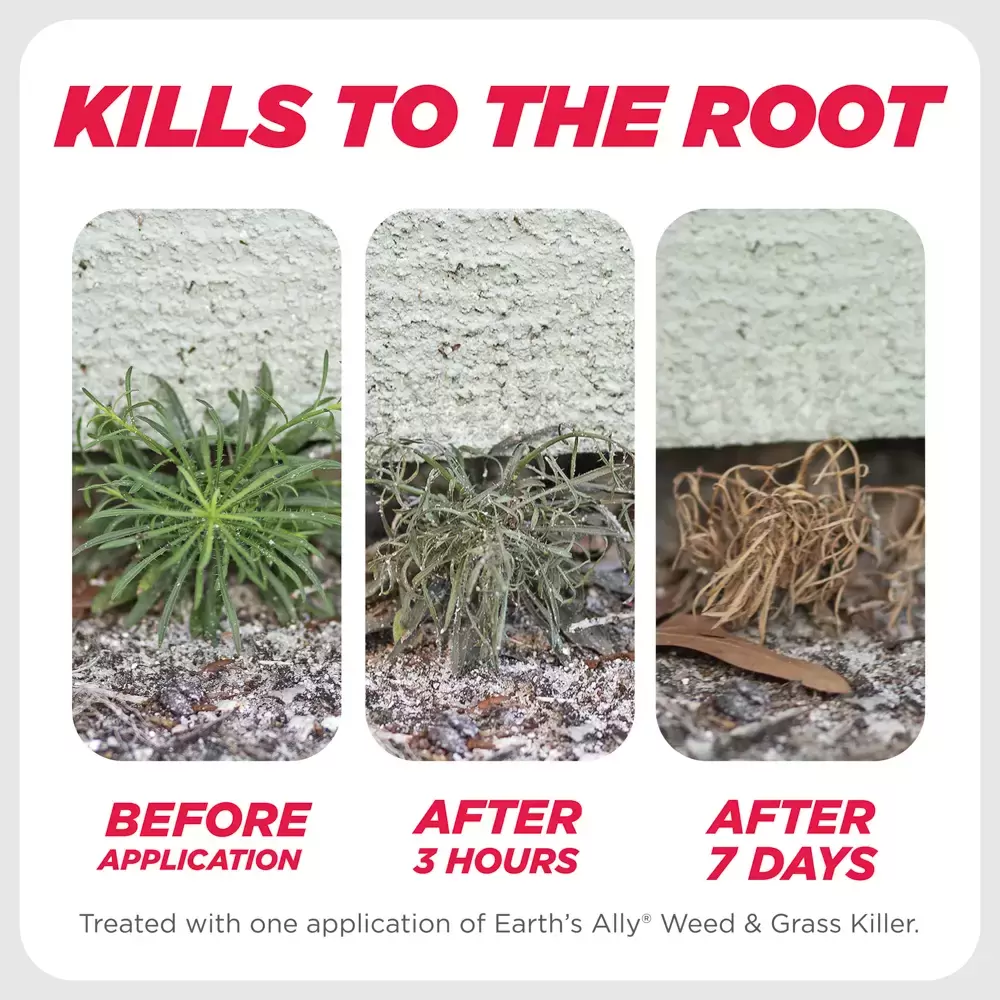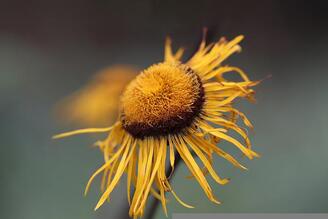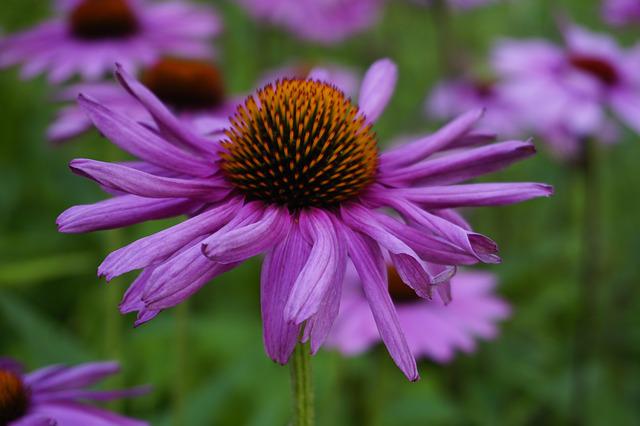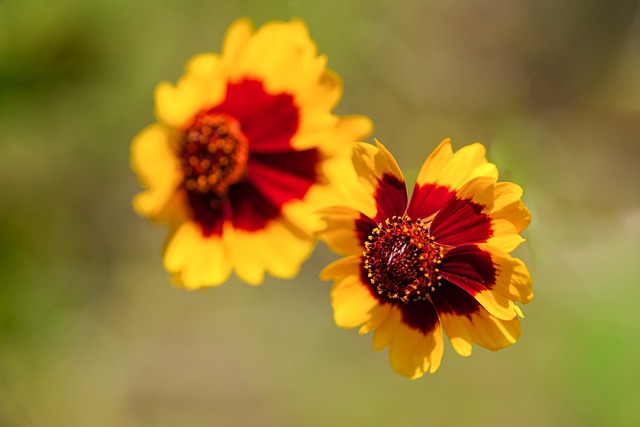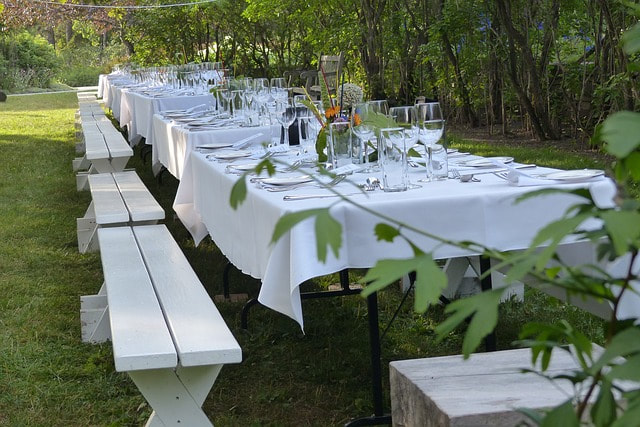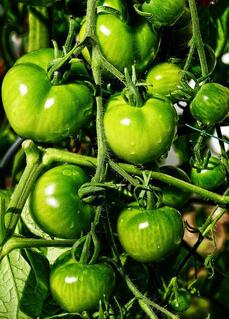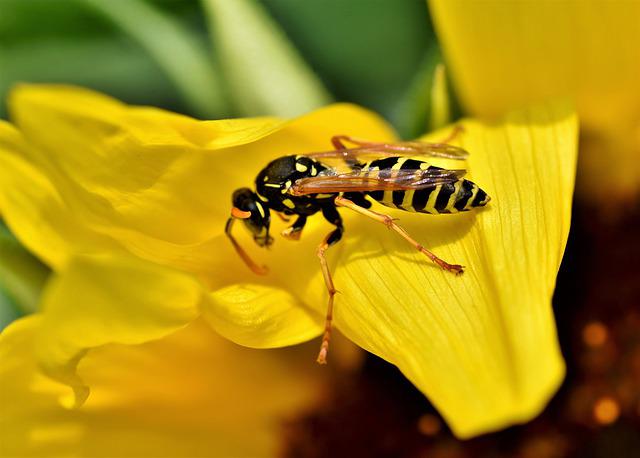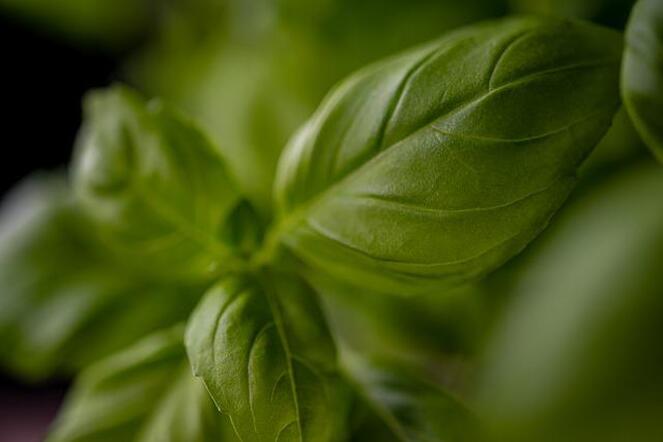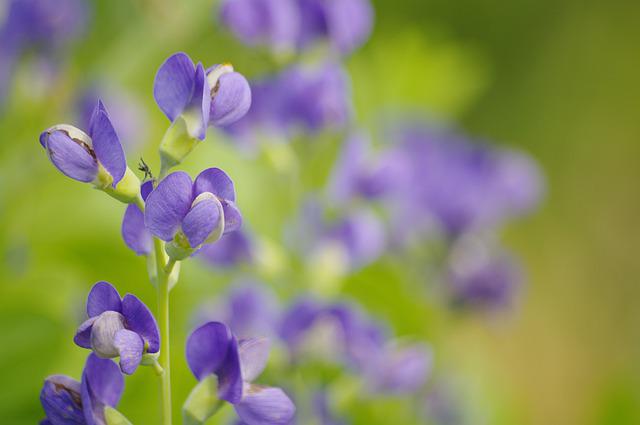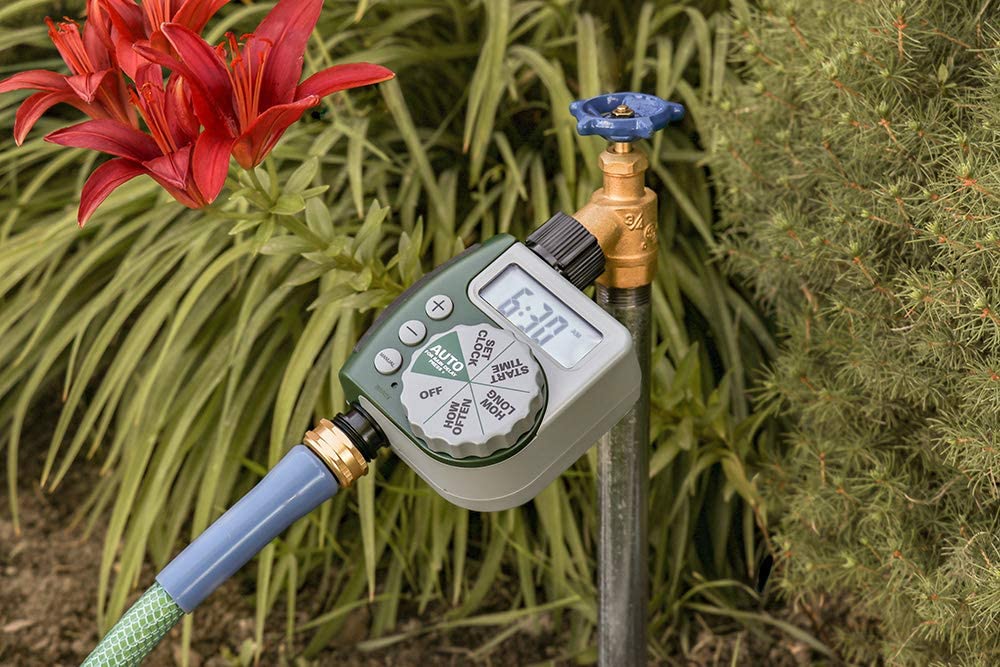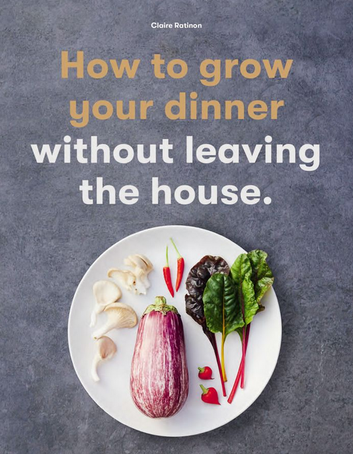
Late July through early August is the best time to divide iris, as they are dormant during the summer. They then put on a flush of growth in preparation for winter. This dormant period makes it the ideal time to renovate a clump. Iris, as a general rule, should be divided about every three to five years.
As iris rhizomes (sort of like roots) spread, they become crowded. This stresses the plants and can even cause them to stop blooming and become susceptible to pests, such as iris borers.
By dividing and transplanting your irises, you will rejuvenate the plants and be rewarded with a greater number of healthy blooms in the spring.
How to Divide and Transplant Iris (step by step article with photos)
TIP: Iris rhizome sections can be stored over winter if you're not ready to replant them in the fall. Wrap the sections in newspaper, or bundle them with peat moss in a loosely secured paper bag; store them in a dark, dry, cool (but not freezing) location over the winter. Examine the rhizomes every few weeks, and discard any that begin to feel soft or mushy. In the spring, you can bring them out and replant the rhizomes in the garden.
